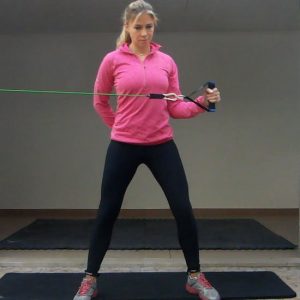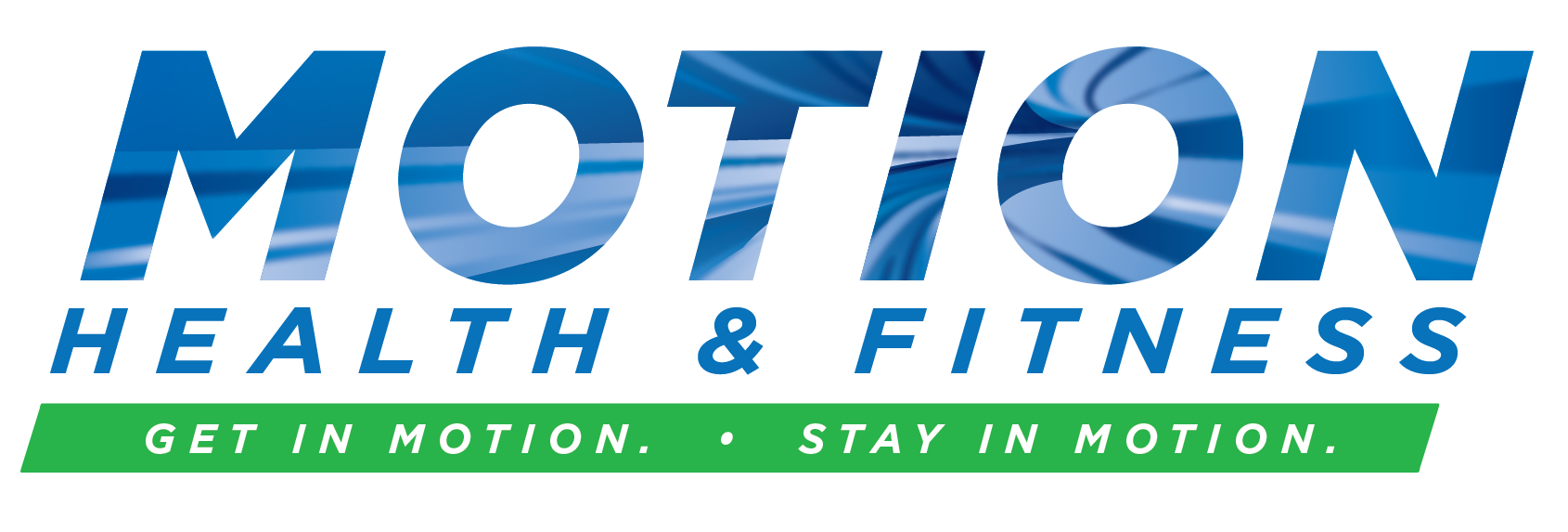One of the consequences of modern living is that many people have poor posture — most notably, rounded, internally rotated shoulders. This poor posture results in pain, limited movement, and also diminished, shallow breathing, which leaves people oxygen deprived and tired.
Everyday things — such as using a smartphone, using a computer, sitting for extended periods, writing, drawing, cooking, driving and carrying heavy objects (including babies and children) — can all lead to rounded shoulders (aka, poor posture) and poor shoulder function.
Being hunched forward not only affects appearance (ever see a clothing model or a mannequin with slumped shoulders?), it also increases stress on the shoulder joints and can cause pain around the neck and upper back.
A person standing with their arms at their sides has a natural inward arm rotation of about 15 degrees. This is the neutral position of the arm. Problems arise when the arm rotates too far inward, disrupting the shoulder and causing joint pain and injury. Indeed, excessive internal arm rotation is one of the most common musculoskeletal imbalances of the shoulder girdle.
Exercises that focus on external rotation of the arm at the shoulder socket (the glenohumeral joint) can help alleviate rounded shoulders, while building strength and stability in the joint.
The rotator cuff is a very critical muscle group, but it is also very vulnerable. Many middle-aged and older people have very poor shoulder function because they have a faulty rotator cuff. This is usually attributed to weak rotator cuff muscles (particularly the external rotators) and relatively strong deltoid muscles.
In addition to rotating the humerus (upper arm), the rotator cuff is also responsible for stabilization of the humerus inside the shoulder joint.
There’s an old axiom about joints: the more stable they are, the less mobile they are (think of your elbow). Conversely, the more mobile they are, the less stable they are (think of your shoulder).
One of the primary problems with the shoulder is that it is a highly mobile ball-and-socket joint. Another problem is that the internal rotators of the shoulder are much bigger and stronger than the external rotators. Consequently, the external rotators are typically the weakest link in the shoulder joint.
The rotator cuff muscles predominantly stabilize the glenohumeral joint, but also contribute significantly to movement.
The four rotator cuff muscles are:
• Supraspinatus (the most frequently torn tendon in the shoulder)
• Infraspinatus
• Teres minor
• Subscapularis
The external rotators of the shoulder are the infraspinatus, teres minor and posterior deltoid, the latter of which is not part of the rotor cuff. So, just two of the four rotator cuff muscles perform external rotation of the upper arm.
Subscapularis is the main internal rotator of the shoulder. It is also the largest and strongest cuff muscle.
The other internal rotators are the latissimus dorsi (the widest muscle in the human body), pectoralis major (a large, powerful muscle), teres major and anterior deltoid.
So, the internal rotators outnumber the external rotators five to three.
Given the size and strength of the internal rotators, they easily overpower the smaller (and fewer) external rotators. For this reason, regularly strengthening the external rotators is critical to good shoulder health and injury prevention.

However, since the external rotators of the shoulder joint are located on the posterior aspect (back) of the body, many people neglect them when training (out of sight, out of mind).
Regular and consistent strengthening of the latissimus dorsi and pectoralis major can result in a shortening and tightening of these internal rotators and, over time, a weakening of the external rotators, particularly if they are ignored. This leads to dysfunctional, imbalanced shoulders.
A sound exercise program should include exercises that strengthen the external rotators, which will create joint balance and lessen the chances of shoulder injury. Ideally, your exercises should stabilize, strengthen and protect your shoulder joints, giving you pain-free movement and healthy, highly functional shoulders.






